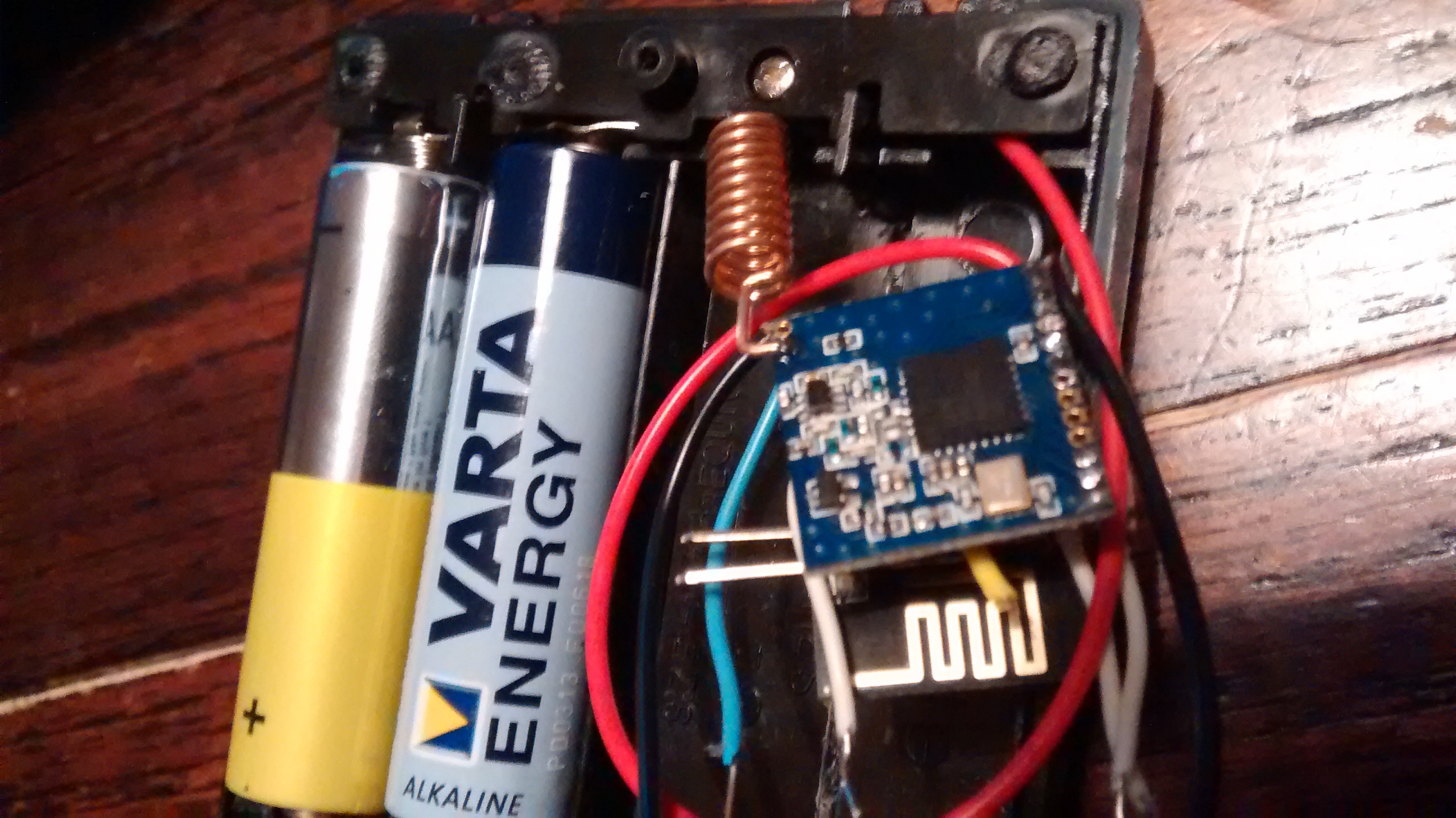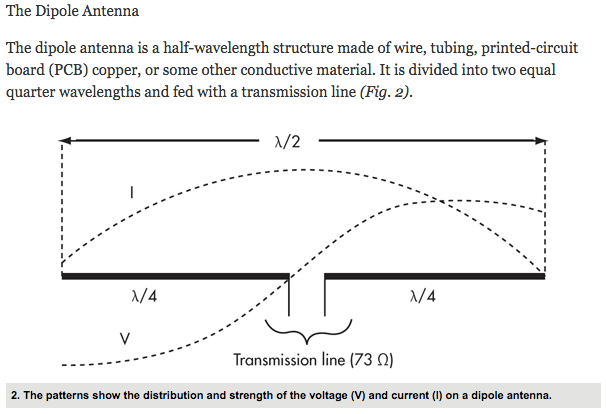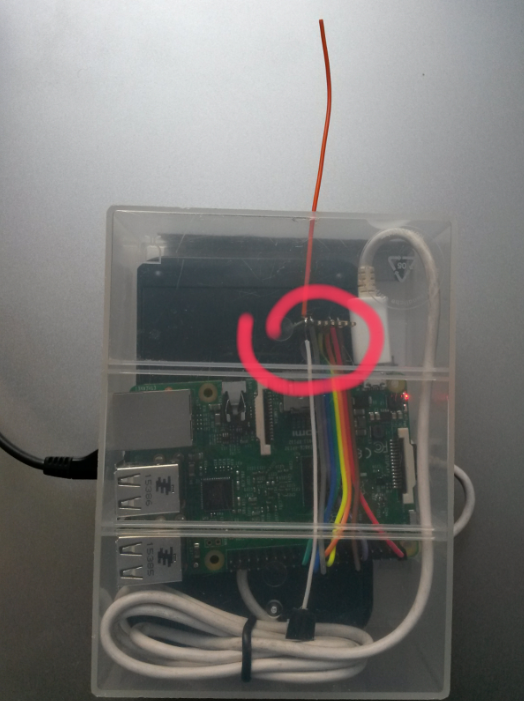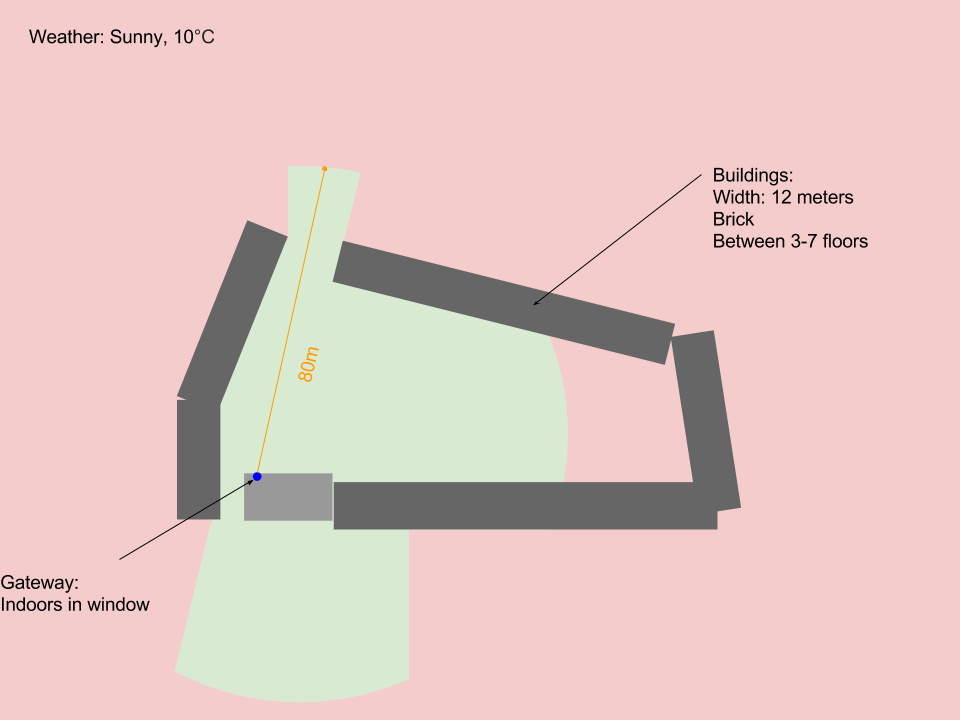It seems now they are in stock! 
I only get a range of 80meters (rather than the so mentioned 2km) with the real one and this: https://thinginnovations.uk/getting-started-with-microchip-rn2483-lorawan-modules (80 meters with long antenna, 40 with short). How can I achieve a better range? Do I have to get some other antenna? If so, which would be the best ones for the gateway and nodes? I want a range of at least 300m (if not more)…
I may be wrong but I think higher gain antennas are not always the best, due to the narrower radiation patterns produced (more range, but less angle of radiation pattern).
I am interested in anyones experience in using antennas of different gains, and how they compared, regards coverage (I guess this applies more to outside pole mounted installations).
Craig
@jamesUS: What do you mean by a “long” and a “short” antenna? If you use an antenna of 8.6cm long, it is a quarter wavelength at 868MHz. I regularly use a piece of wire of 8.6cm, and it performs very well. We are talking about >50km that I reached with this.
Of course the antenna on the gateway also has an influence. I will try to summarise some of my findings on the wiki some stage when I have time. But my rule of thumb is basically:
A high gain antenna on the gateway, installed at a high and open location.
A very low gain antenna (min 2.15dBi) on the mobile node.
If you have a fixed node, you can use a directional antenna on your node pointing to the gateway, but keep in mind that the ISM regulation does not allow you to transmit your than 14dBm (25mW) EIRP. The antenna’s gain therfore affects this. For example if you have a 2.15dBi antenna, your radio may only give out 14 - 2.15 = 11.85dBm.
An important reason you want a low gain (as close to omnidirectional as possible) antenna on a mobile node is because the node will be moving around, and you can not guarantee that the gateway is in the direction of the antenna’s highest gain. Maybe a little unclear, but I’ll try explaining with pictures on the wiki a little later.
The antenna is not your problem James. If you get 40-80 meter range, there must be another cause for this.
It seems the antenna is not connected internally in some way. Maybe your setup is just defective?
Normal ranges here are 800 meters when we do absolutely nothing to boost the range; the antenna of the gateway is flat on the table and the Mote antenna is 1/4 wave piece of wire.
No way we can get 40-80 meters range, only if we disconnect one of the antennas.
So please have a good look at your hardware.
@Ideetron, I’m getting 250 meters with your RFM95W, using 8.6 cm solid wire as antennas on (single channel) gateway and node. It seems the soldering is fine (but, yeah, it’s tiny). As the RFM95W does not expose the SX1276 antenna switch (for Rx/Tx), do you think there is any chance I’ve fried the internal antenna switch while everything else is still working…?
[Edit, for future readers: a better antenna and higher location indeed gets me a much better range with the same hardware. See also Best position for a gateway.]
If you get 250 meter range everything should be normal and nothing is fried.
You must have some real butterfingers to get the RFM95W fried, like working them on 12Vdc or something.
We are working with these modules for such a long time now and so far none have died on us yet.
If you have less than 80 meters range like James, then something in the RF path is wrong.
In your case I would have a look at the antennas and test again with 2x 1/2 wave center fed dipoles, like the ones I’ve suggested.
Put both in a high place (>6 meter above ground) and test the Line Of Sight distance (no obstacles).
You should get 800 meter range easy.
Why the height of >6 meters you ask?
This has to do with the Frenell Zone: https://en.wikipedia.org/wiki/Fresnel_zone
Calculate here: http://www.wirelessconnections.net/calcs/FresnelZone.asp
Thanks for the replies. The 80 meters was through a window (gateway in 3rd floor window). I went outdoors (no things in the way) and it was 80 meters. Without an antenna I lost the signal within a few meters.
The gateway is this:
The node is this:
http://www.thethingsnetwork.org/forum/uploads/default/original/1X/de6d28c5d97e8d92569230bbc910d49e4835344c.jpg
If the range should be so much without antenna, I guess you are right about that the antenna is not the issue. Is there a way to figure out if the problem is the gateway or the nodes?
Could you maybe post a photo of your gateway installation location and antenna. Might be useful to judge what the expected range will be.
Sorry. I missed your post. I’ll do it as soon as I get home
I also have issues with very bad range. I have 100-150 meters maximum, often with BAD_CRC.
As node i use an sx1276 and esp8266 powered with 2 penlites.

My gateway is the DIY mCard and RPi version.
I think it has to do with the antenna on the node i use, is there a special way this thing needs to be connected ? Also, maybe the voltage from the two penlites is too low. Any suggestions ?
Make sure your antenna is vertical and not parallel to the penlites. You might want to look into a ground plane for the antenna as well.
Nice link! And, aha!, I guess just soldering two solid 8.6 cm wires to a RFM95W, one on top of the board and another on the bottom to a single antenna connection, doesn’t make a dipole antenna, lacking any “transmission line” as shown in an image from that link:

That probably makes the following orange and white vertical wires attached to a RFM95W in my single channel gateway a bad solution then:

Dipole would require a balanced signal. When you want to use a dipole antenna you would need to have a balun to convert between transmission line and the differential dipole. So it is not as easy as soldering just two wires.
Most of the antennas for LoRa transceivers are monopoles and require proper grounding.
Thank you for your suggestions. Yesterday i changed the direction of the antenna so it is on a 90 degree angle with the shield. I did not noticed that much difference. @arjenvanb : what is the range you have with your device?
Tonight i will try to add a sma connector to my lora board in order to use a grounded antenna and test the range again.
Better lave than never. Here is the info on my setup:
Gateway: iC880a with raspberry pi
Node: RN2483 with arduino leonardo copy
This was my results from testing the range:

Gateway was in second floor(UK)/third floor (US). The node was moved around on ground level.
Yes, that’s the one I’m using. When I’ve evaluated it I’ll forward my findings on the the forum. It’s at least as good as the one provided by IMST
Is it possible to extend the length of the coax for those antenna’s?
Sure, I don’t see why not.
But you have to remember that any cable adds some attenuation. The amount of attenuation depends on the type of cable and the length. Also take note of the fact that the cable should have the right impedance (50 ohm).
This means that you should not just cut the cable and solder something in between. Always create a proper antenna cable with connectors and place this between antenna an board.
The type of cable used for the pigtail (the small cable between the board and the antenna) is RG174. This cable has about 1 dB attenuation per meter, RG58 only 0.5 dB and Aircell 7 even just 0.2 dB.
So if you add 1 meter of RG174 cable, you could have 5m Aircell 7 with the same attenuation.
Adding a long cable to get your signal from the ground floor to the roof might even give you a worse signal than with the antenne next to the window … Always use a good quality cable with good quality connectors.
See Coax kabels - Coax & connectoren or Coaxkabel en connectoren van DDS Antenne kabel. Verkoop van super low loss antenne kabels for the stuff you need
Look at RF240 coaxial cable, 50 Ohm, 100m
I am using AUREL GP868 + 30cm pigtail RF240 with N connector and 8m of CNT400 Cable.
Be aware of using cables like H-155 and RG174 pigtails. Use N-SMA Adapter like this https://www.arrow.com/en/products/33n-sma-50-511-ue/hubersuhner.
Remember about cable lenght and wavelenght!